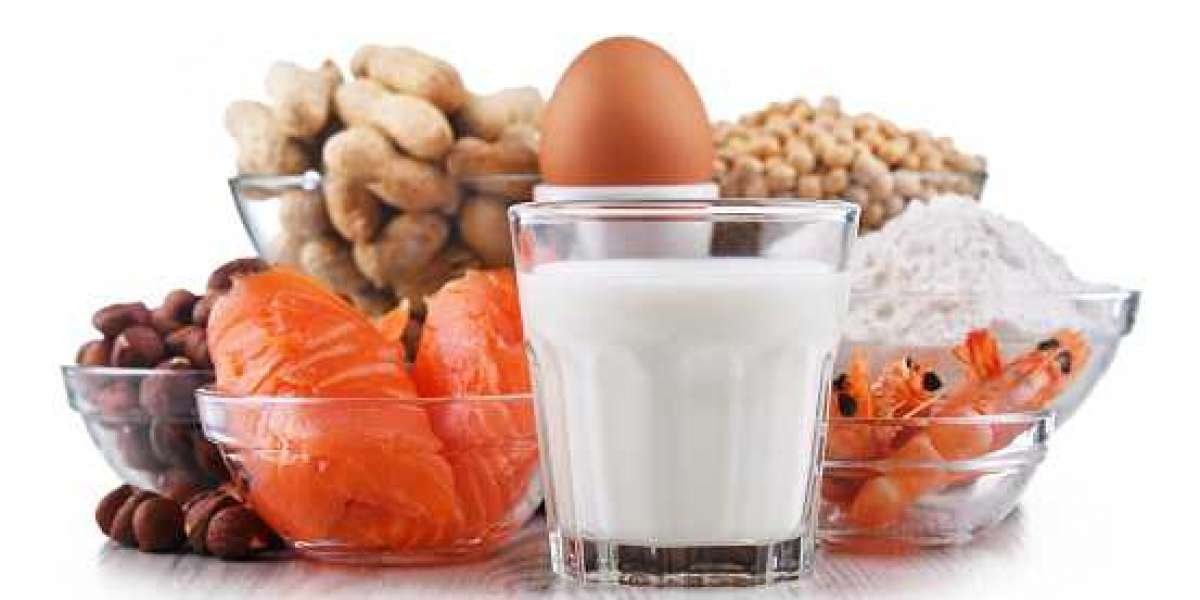Griseorhodins are hydroxyquinone-containing rubromycin family of antibiotics isolated from Streptomyces californicus strain JA 2640 and strain ATCC 3312.235 Other related compounds, such as rubromycins and purpuromycins, have also been isolated from other organisms, such as Actinoplanes and Dactylosporangium.236–238 The chemical structures of their scaffold suggest those natural products are derived from aromatic polyketides that undergo extensive modifications. Griseorhodins are characterized by the spiroketal moiety that interrupts the polyaromatic scaffold and causes the core structure to adopt a distorted, nonplanar conformation.239–244 The griseorhodin biosynthetic gene cluster was isolated from the actinomycete symbiont of marine tunicate Aplidium lenticulum, Streptomyces Sp. JP95 that produces griseorhodin A and related rubromycin-type secondary metabolites. The gene cluster contains an unusually large number of different kinds of oxidoreductases.237,245 Based on the gene knockout and heterologous expression experiments, Piel et al. have proposed plausible reaction mechanisms of spiroketal formation where the FMOs GrhO5, GrhO6, and possibly GrhO1 are considered to play key roles in the oxidative transformation of the hexacyclic core of the pradimicin-type intermediate into the spiroketal-containing rubromycin-type scaffold for the ultimate formation of griseorhodin A.245–248 The exact mechanism of conversion of the pradimicin-like collinone into the spiro center-containing lenticulone remains to be determined, but the predicted Baeyer–Villigerase GrhO5 and the FMO GrhO1 are suspected to catalyze the cleavage of three Csingle bondC bonds in collinone to form the 6,6-spiroketal-containing lenticulone. Then GrhO6 is thought to further convert the 6,6-spiroketal intermediate into the 5,6-spiroketal-containing griseorhodin-type intermediate, and two possible pathways have been proposed. In one pathway (route A), GrhO6 can perform an unusual Baeyer–Villiger-type reaction on the lactone of lenticulone, and the 5,6-spiroketal product is formed through decarboxylation of the resulting cyclic carbonate intermediate. In another plausible pathway (route B), GrhO6 can hydroxylate the ester α-carbon of lenticulone. Then a subsequent decarboxylation accompanied by rearomatization of the ring system can lead to the formation of the 5,6-spiroketal of the griseorhodin-type scaffold. Further investigation is required to gain full understanding of this set of fascinating transformations, but it is clear that the involvement of multiple oxidative enzymes is required for the biosynthesis of the spiroketal-containing core structure of the rubromycins.



